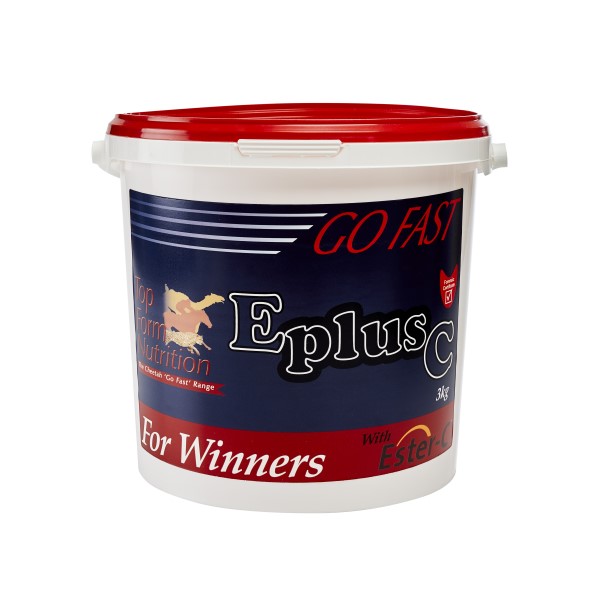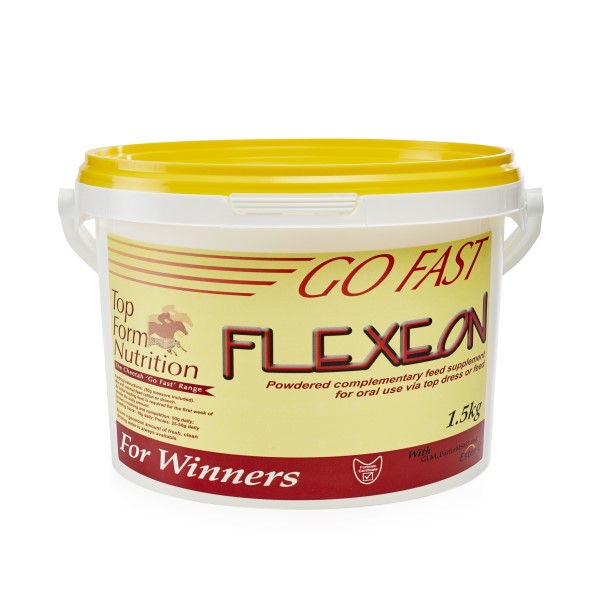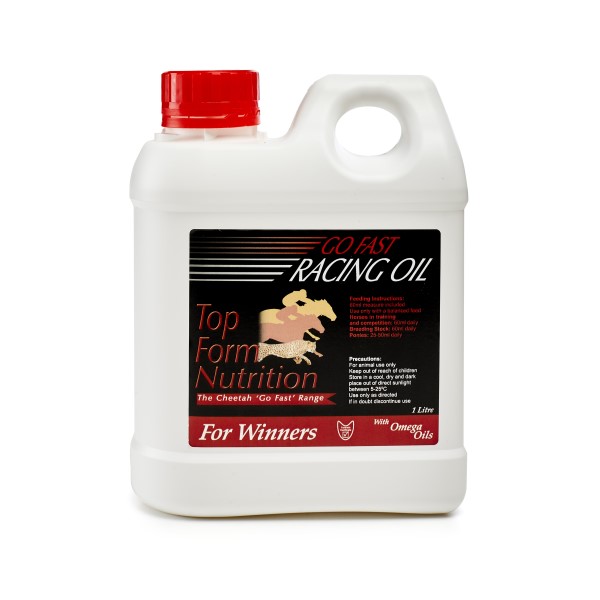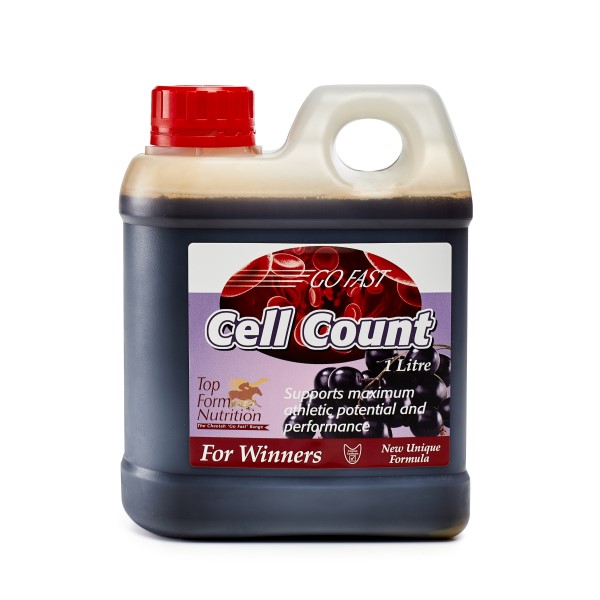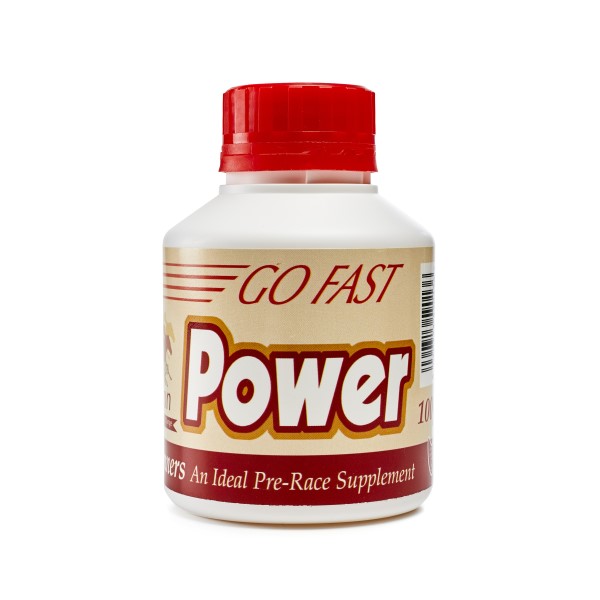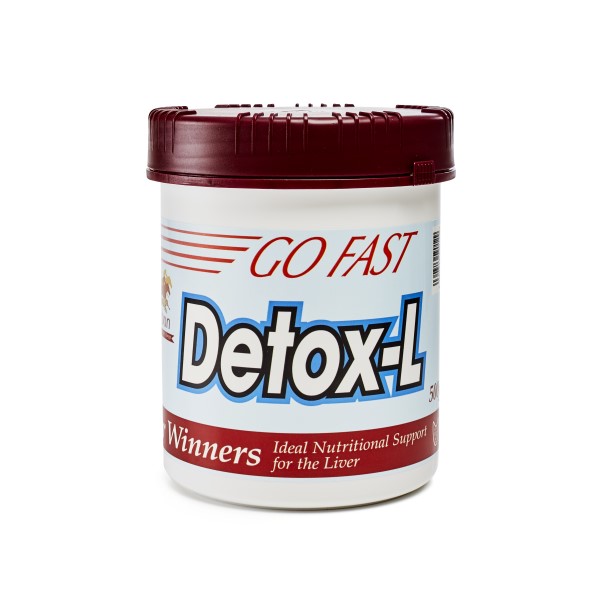Vitamin E is essential at every age and stage of equine life
Vitamin E, a powerful antioxidant, limits the damage caused by everyday oxidative stress to muscles and nerves. It is also vital to a strong immune system and exhibits anti-inflammatory effects.
Oxidative stress is the term given to the formation of free radicals within every cell and results from natural molecular processes that occur when the horse’s body uses carbohydrates and fats to produce energy. Free radicals cause damage in the cell as they contain an odd number of electrons and hence have an unstable electric charge. To become stable they ‘acquire’ an electron from another molecule, which causes that new molecule to become unstable and unable to perform its intended function within the body. A chain of oxidative destruction can then result within the cell, which negatively impacts normal cell function and can potentially cause cell death.
As an antioxidant, Vitamin E binds to the free radicals, inhibiting their action and this effectively reduces the chain of oxidative damage in individual cells. As levels of exercise increase, so the number of free radicals resulting from the horse’s greater energy requirement will rise. In order to counter these additional free radicals, higher levels of vitamin E are needed in the diet.
Signs of oxidative damage in working horses include muscle soreness and stiffness, along with extended periods of recovery after strenuous training or competition. However, as a horse cannot synthesise vitamin E, it needs to be added to the daily diet at effective levels and sources could include:-
Fresh forage obtained from grazing good pasture contains a substantial level of vitamin E, but a horse would need to be grazing on good pasture for around 12 hours every day to obtain sufficient vitamin E. In addition, seasonal changes can affect the level of vitamin E in grass.
Well-made hay initially contains useful levels of vitamin E too, but as vitamin E is not heat stable, this will decline over time and even after one month of storage, the vitamin E content of hay can fall by as much as 50%.
Concentrate feeds may contain added vitamin E, but with the management emphasis now on high forage, reduced grain diets to support digestive health, the vitamin E needs of horses in regular training and competition may not be met.
Expertly formulated vitamin E nutritional supplements are the ideal choice as they provide a known quantity of vitamin E and are easily added to the daily diet.
Which Vitamin E?
There are several forms of vitamin E, known as isomers and of these, alpha-tocopherol is the one known to be the most bio available form and hence is potentially more effective at reducing oxidative damage in exercising horses.
Assessing the exact requirement for vitamin E is invariably based on research but there are nevertheless varying views on currently recommended levels, which are further complicated by each individual horse’s metabolism. However as vitamin E is not currently thought to be toxic to horses, ensuring adequate supplementation has to be a high priority for all horses, at every age and stage of life.

